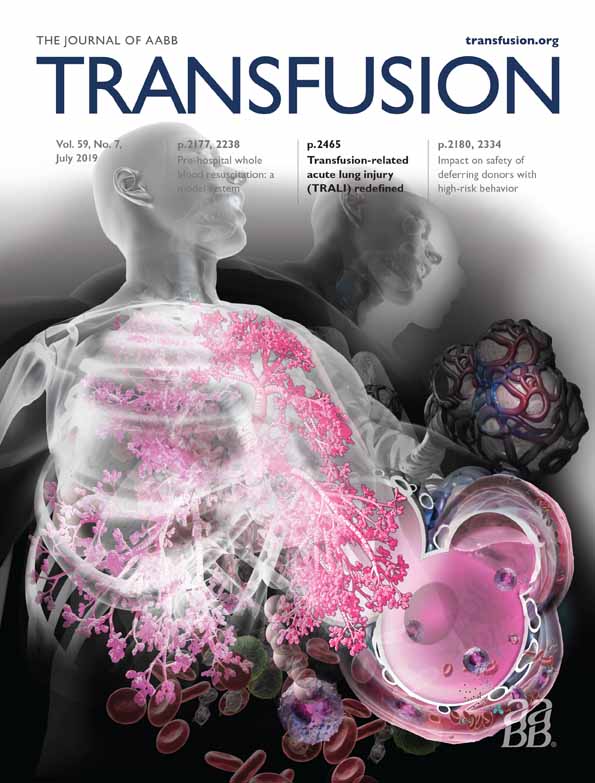Does deferral for high-risk behaviors improve the safety of the blood supply?
Abstract
BACKGROUND
Predonation donor deferral is used to select donors with presumed lower risk for transfused transmitted infections. The contribution to blood safety from this practice has not been reported previously for Brazil.
STUDY DESIGN AND METHODS
At four large Brazilian blood centers from September 2010 to March 2011, donors who were deferred due to responses on eligibility questions were invited to provide a blood sample to test for HIV, hepatitis C virus, hepatitis B virus, human T-lymphotropic virus, syphilis, and Trypanosoma cruzi and complete an audio computer-assisted structured interview on risk behaviors.
RESULTS
Of 299,848 potential donors during the study period, 66,870 were deferred with 10,453 (15.6%) for high-risk behaviors. Of those, 4860 (46.5%) were consecutively approached and 4013 (82.5%) participated. Disclosed risk behaviors by audio computer-assisted structured interview included 4 or more sexual partners in the past 12 months (15.0% of females [F] and 34.5% of males [M]), unprotected sex (62.0% F and 44.0% M), other high-risk sexual exposure (85.0% F and 73.0% M), being a person who injects drugs (3.0% F and 10.0% M), and test-seeking (17.0% F and 22.0% M). Eleven percent of deferred males reported male-to-male sex. Individuals who reported other high-risk sexual exposure, sexual partner risk, or male-to-male sex had the highest frequency of confirmed HIV: 1.2, 0.7, and 0.7%, respectively. Individuals who reported male-to-male sex, sexual partner risk, test seeking, and unprotected sex had the highest frequency of confirmed syphilis: 3.8, 3.3, 2.4, and 2.0%, respectively.
CONCLUSION
Donor deferral deters donation by individuals with risk behaviors and elevated rates of infectious disease markers.
CONFLICT OF INTEREST
The authors have disclosed no conflicts of interest.




